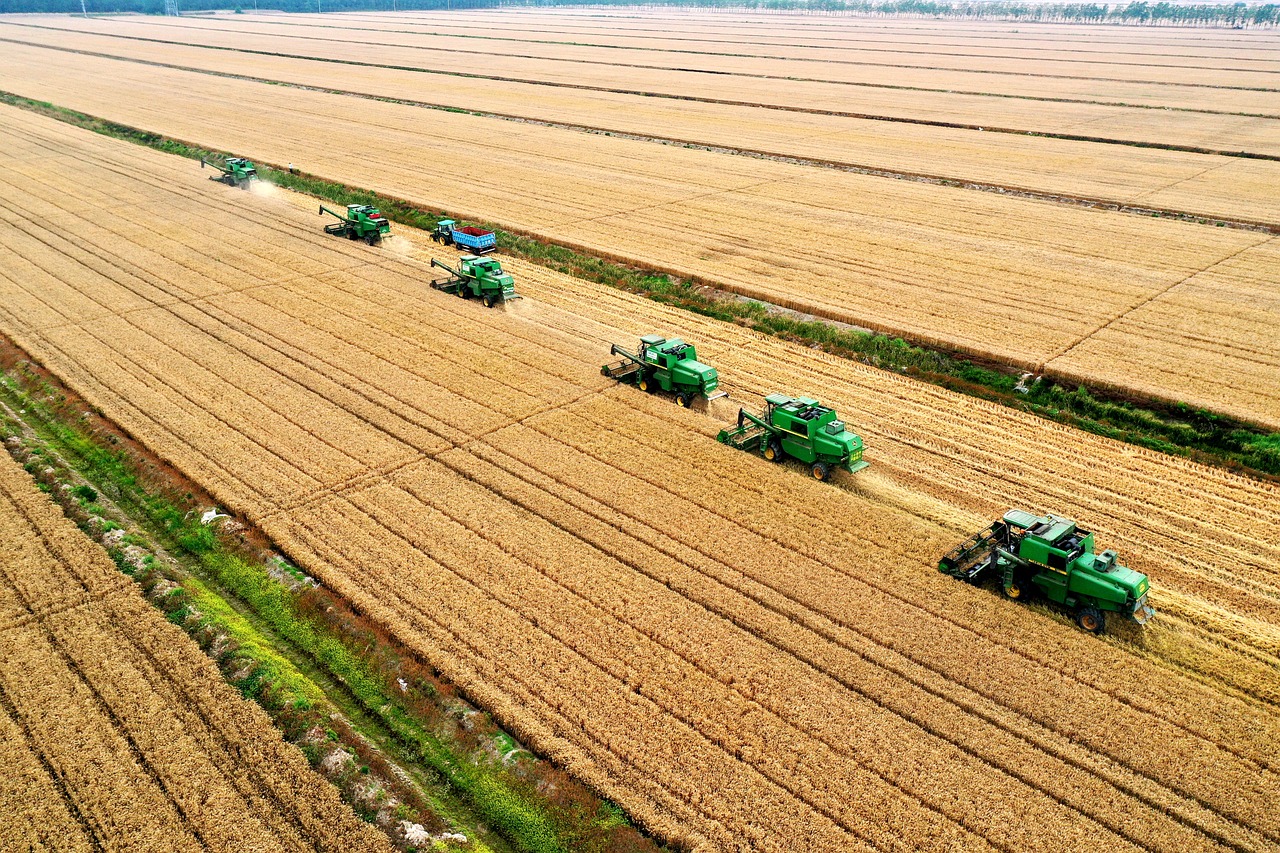The Importance of Data in Agricultural Commodity Trading
In the ever-evolving and complex world of agricultural commodity trading, staying informed about the latest market trends, cargo movements, and trade flows is crucial. For traders, analysts, and industry stakeholders, reliable data sources are invaluable for making informed decisions. In this blog post, we’ll explore some of the best sources for data on agricultural cargoes and their movements, focusing on organizations like China Customs, ICCO, IGC, ISC, NOPA, USDA, and WASDE.
China Customs
As one of the world’s largest importers and consumers of agricultural commodities, China plays a pivotal role in global trade flows. Data from China Customs is essential for understanding this market, offering detailed insights into import and export volumes, tariff rates, and trade barriers. This information is vital for traders dealing with commodities that have a significant market in China.
International Cocoa Organization (ICCO)
For those in the cocoa trade, the ICCO is an indispensable resource. It provides comprehensive data on cocoa production, prices, stocks, and global trade flows. Their reports and statistical data are essential for understanding market dynamics, particularly for countries heavily involved in cocoa production and export.
International Grains Council (IGC)
The IGC offers extensive data on global grain and oilseed markets. It covers a wide range of commodities, including wheat, corn, soybeans, and rice. The Council’s reports on production, consumption, trade, and stocks are crucial for traders who need to stay abreast of changes in the grains market.
International Sugar Organization (ISO)
Sugar traders rely heavily on the ISO for data on global sugar markets. The organization provides detailed analysis of sugar production, consumption, export, import, and price trends. Their reports offer a global perspective, which is essential for understanding the complexities of the sugar market.
National Oilseed Processors Association (NOPA)
NOPA is key for those involved in the soybean and oilseed markets. It offers monthly reports on soybean crush data and oilseed processing, which are critical for gauging supply and demand dynamics in the U.S. and globally.
United States Department of Agriculture (USDA)
The USDA is one of the most comprehensive sources for agricultural data. It provides extensive information on a wide range of commodities and covers aspects such as production, consumption, stocks, and exports. The USDA’s reports are considered authoritative and are closely followed by agricultural traders worldwide.
World Agricultural Supply and Demand Estimates (WASDE)
The WASDE report, published by the USDA, is a key document that offers monthly forecasts of supply and demand for major crops and livestock. The report’s global coverage and detailed analysis make it an essential tool for anyone involved in agricultural commodity trading.
Conclusion: Staying Ahead in Agricultural Commodity Trading
In conclusion, staying informed and up-to-date with the latest data is crucial in the fast-paced world of agricultural commodity trading. Utilizing the wealth of information provided by organizations like China Customs, ICCO, IGC, ISO, NOPA, USDA, and WASDE allows traders to make well-informed decisions, understand market trends, and stay ahead of the curve. These sources are invaluable for anyone looking to succeed in the dynamic and challenging world of agricultural commodities.
Image by Bigbig Dragon from Pixabay


Leave a Reply